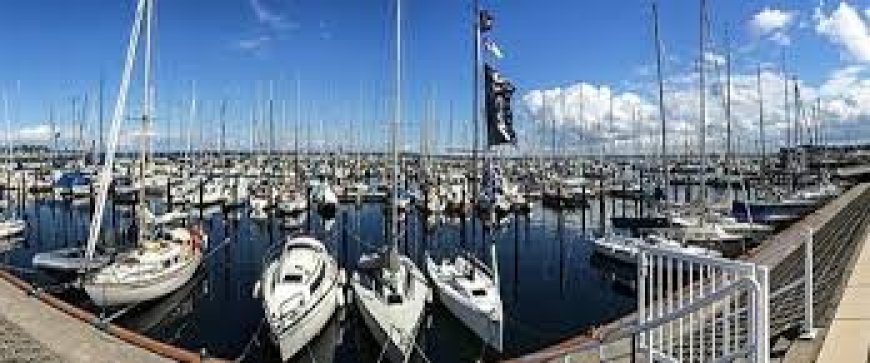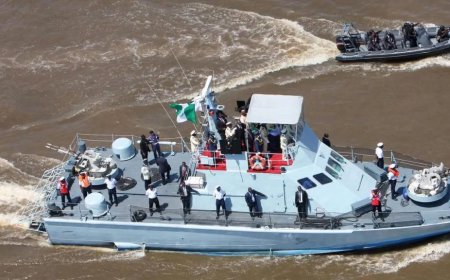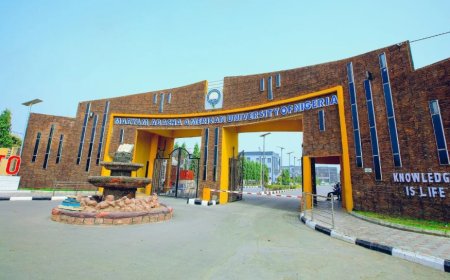Harbors vs. Shipyards: A Maritime Comparison

While often used interchangeably, harbors and shipyards serve distinct purposes within the maritime industry. This article will delve into the key differences between these two crucial entities, exploring their functions, facilities, and roles in the broader maritime landscape.
Harbors: Safe Havens for Ships
A harbor, also known as a port, is a sheltered body of water along a coastline where ships can dock, load, and unload cargo or passengers. Harbors are designed to provide a safe and secure environment for maritime activities, protecting vessels from the elements and ensuring efficient operations.
Key characteristics of harbors:
Sheltered waters:Harbors are typically located in natural bays, inlets, or estuaries, offering protection from storms, waves, and currents.
Docking facilities: They feature piers, wharves, or quays where ships can moor and be serviced.
Cargo handling:Harbors are equipped with cranes, forklifts, and other equipment for loading and unloading cargo.
Passenger terminals: Many harbors also have passenger terminals for the embarkation and disembarkation of travelers.
Supporting infrastructure:Harbors may include warehouses, customs offices, and other facilities to support maritime trade.
Types of harbors:
Natural harbors:Formed by natural geographical features, such as bays or inlets.
Artificial harbors: Constructed through engineering works, such as breakwaters or dredging.
Commercial harbors: Primarily used for cargo handling and trade.
Naval harbors: Designed for military purposes, such as housing warships or supporting naval operations.
Recreational harbors: Catering to leisure boating and yachting.
Shipyards: Factories of the Sea
A shipyard, also known as a dockyard or boatyard, is a facility where ships are built, repaired, or maintained. Shipyards play a vital role in the maritime industry by ensuring the seaworthiness and longevity of vessels.
Key characteristics of shipyards:
Construction facilities: Shipyards have dry docks, slipways, and assembly halls for building ships from scratch.
Repair facilities:They offer services such as hull repairs, engine overhauls, and painting.
Maintenance facilities: Shipyards provide routine maintenance, inspections, and upgrades.
Specialized equipment: They are equipped with cranes, welding machines, and other tools necessary for shipbuilding and repair.
Skilled workforce: Shipyards employ skilled craftsmen, engineers, and technicians with expertise in various maritime disciplines.
Types of shipyards:
Commercial shipyards: Build and repair commercial vessels, such as cargo ships, tankers, and container ships.
Naval shipyards: Construct and maintain military vessels, including warships and submarines.
Superyacht shipyards: Specialize in building and repairing luxury yachts.
Offshore shipyards: Focus on constructing and servicing offshore platforms and vessels.
The Interconnection Between Harbors and Shipyards
While harbors and shipyards serve distinct purposes, they are often interconnected. Harbors may have shipyards within their boundaries, or the two may be located in close proximity to each other. This relationship benefits both entities:
Efficient operations: Shipyards can easily access the sea for testing and launching new vessels, while harbors can provide a convenient location for ship repairs and maintenance.
Economic growth: The combination of a harbor and shipyard can create a maritime cluster, attracting businesses, jobs, and investment to the region.
Maritime infrastructure: The presence of both harbors and shipyards contributes to the development of essential maritime infrastructure, such as roads, railways, and logistics facilities.
Conclusion
In summary, harbors and shipyards are two fundamental components of the maritime industry, each with its unique role. Harbors serve as safe havens for ships, facilitating trade and transportation. Shipyards, on the other hand, are factories where vessels are built, repaired, and maintained. The interplay between these two entities is crucial for the efficient and sustainable operation of the maritime sector.
What's Your Reaction?






























![Meet the Contestants of The Next Big Thing [TNBT]](https://flashupdates.com.ng/uploads/images/202508/image_430x256_688e0cb7c6806.jpg)





























![Breaking News: Nigeria Maritime University swimmers qualifies to represent Nigeria in Germany [10 gold, 9 silver & 6 bronze]](https://flashupdates.com.ng/uploads/images/202504/image_140x98_67f8fd19b3b17.jpg)






